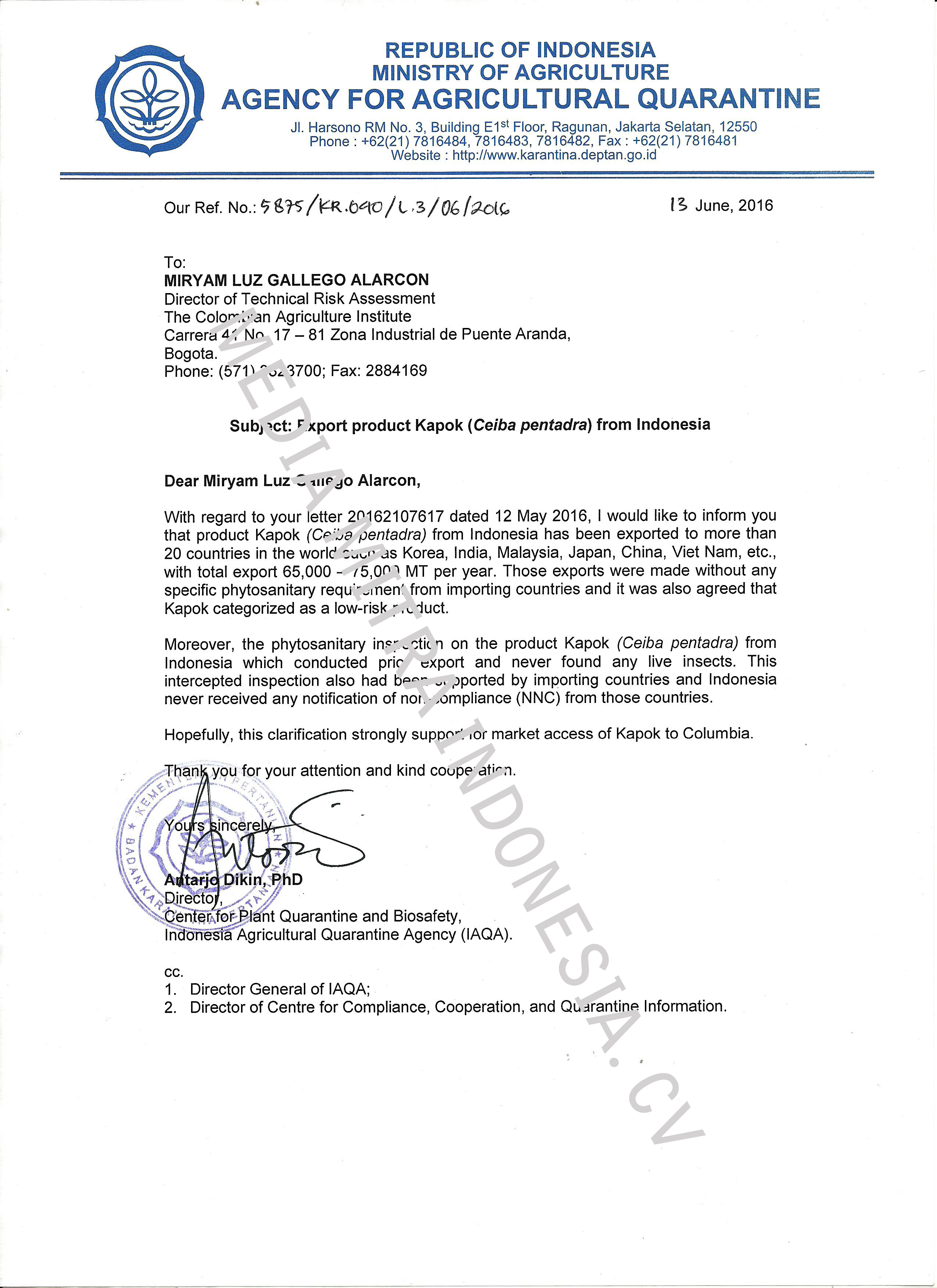KAPOK FIBER FOR TECHNICAL USE
The absorbency of the material is based on two factors the surface tension and the surface energy of the materials. The lesser amount of cellulosic content (hydroxyl group) present on the wall of kapok makes it hydrophobic. Water has a high surface tension (72 dynes/cm) and Oil has a surface tension of 30–35 dynes/cm. The absorption takes place with nullification of the surface tension by surface energy of the material but the very low surface energy of kapok fibre makes it hydrophilic and the presence of waxy hollow structure makes it oil absorbent. The Sorption capacities of the packed kapok assemblies are very much dependent on their packing densities.
With better packing densities the sorption levels increase and decreases vise versa. The properties like cohesion and capillary action plays an important role in absorbing and retaining of fluid, adhesion refers to attraction of one material to another. The retaintivity value of the material is very high losing nearly 8 to 12 percent of the absorbed oil based compounds after 1 hour of dripping. On repeated usage at fourth cycle the retentivity decrease to only 27- 30% of the parental value at packing density of 0.02 g cm−3. The oil recovery rate increases with increase in thickness of the oil layer in feed stream When oil thickness exceeds 60 mm, a constant flux of 3.8–5.0 L/(m2 min) can be achieved by the kapok wall of 55- , 75- and 95-mm thick respectively under the natural pressure gradient. The hydrophobic/oleophilic characteristics of the kapok fibre could be attributed to its waxy surface while its large percent of lumen contributed to its excellent oil absorbency and retention capacity.
When the density of fibres arrangement is 0.02 gcm–3, the capability of Diesel fuel absorption is 36 g of oil per gram of fibres. At a higher density of fibres arrangement, i.e. 0.09 gcm–3, the capacity of Diesel fuel absorption is only 7.9g of oil per gram of fibres.
Oil absorbent-Kapok fibres have very good oil absorbency, this property making it the best natural material for separation of oil based products from water in case of oil spills in sea with best durability and retentivity of oil material.
KAPOK CATEGORIZED AS A LOW RISK PRODUCT

